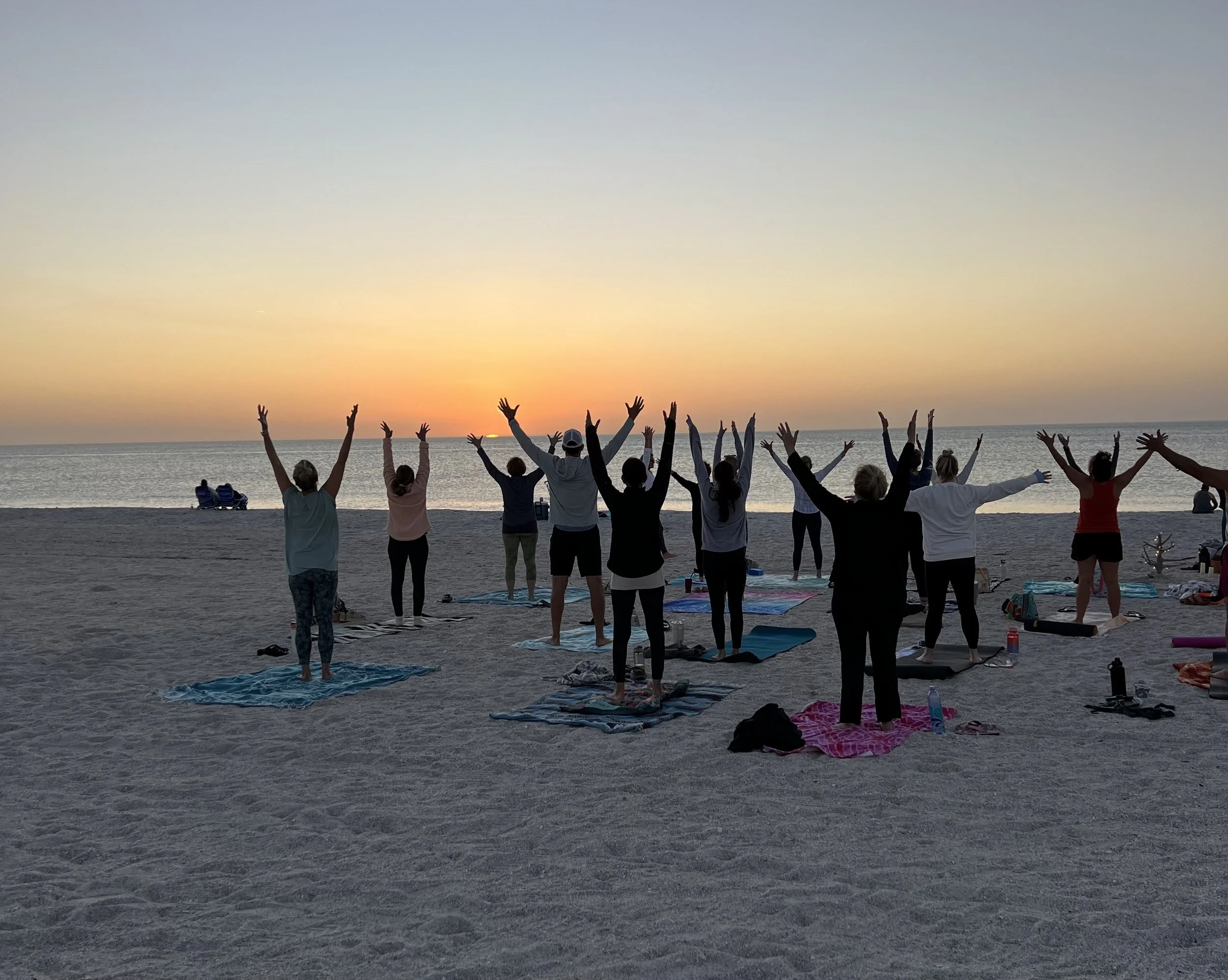The place I’m lucky enough to call home
I was at a crossroads.
A year into the pandemic, I’d been running a business helping tech companies improve their cultures and team interactions while remote. But the writing was on the wall: most corporate employees were going back to the office; if not this month then soon; if not daily then frequently.
I’d been living in the countryside with family since the start of the pandemic, and I knew two things for sure: I needed to figure out where home was when I could live anywhere (because I knew I wasn’t going back to the office), and I needed to pivot my business.
You wouldn’t know it if you read my bio, but these kinds of big life decisions have spun me around more times than I can count. This time, I had some breathing room. And given I’d spent the past 10+ years helping the world’s biggest companies reinvent themselves, I decided to apply my expertise to my own life.
Here are the three key things I did, and how you can make big, impactful changes in your own life. (Because I’ve since codified this for all of us to use. You can thank me later. ;)
Begin with constraints.
We had a catchphrase at IDEO (where I learned many of these methodologies): Design loves constraints. It’s super hard to be creative when everything is possible. So we always put boundaries around the design challenges we were solving. For corporations, that might look like a need to stay within a certain price point or a focus on a particular type of customer.
In the context of my life, I knew that solving for both life and work at the same time would lead to overwhelm, so I picked just one. Though both home and career were important, I had enough work to defer that question, and after two years staying with family, I craved my own home.
Once I honed in on where to live as my first question, I set constraints around that, too. My new city must be near family (so on the east coast), by the ocean, and temperate in the winter.
Step before you know where you are going.
When working with my corporate clients, I’d perfected a process of experimentation to help them gain confidence in the products or services they were building. Together, we’d design small, light, inexpensive experiments that would give us information: customers liked our idea; customers would pay for a version of it; we could feasibly build it, etc. Each experiment would take days or weeks, not months or years.
The same process applies to our lives. Create a hypothesis (if x, then y), set measures of success, and establish the steps you’ll take. When looking for my new home city, I ran through a series of experiments, every one building on the previous. One of the most clarifying was testing this hypothesis: If I live in a city that’s warm in the winter, I’ll be more active and social. Measures: I exercised regularly and met people I wanted to stay in touch with.
The intent: trying things on for size without having the answers first.
Commit before you commit.
Then, in the midst of that experimentation, I did all the things I would do if I were totally, 100% committed to this new place: In the town I was testing out, I joined a book club; I signed up for a pickleball group; I went to city council meetings; I even switched my license and registration. What makes these different than move-with-a-capital-m activities: they were all relatively easy to enact quickly, and not expensive or painful to undo.
One of the easiest ways to keep second-guessing yourself is to keep a lot of doors open. Since experimentation by nature encourages open doors, pre-committing is a great counterbalance to it. Because a funny thing happens when you commit before commitment…. Things happen because you commit (dinner invitations, projects at work, new clients, etc.) and you start to feel what it’s like to belong (whether it’s in a town or a job or a business or a project).
And one of two things happen next: you like that feeling, and the second-guessing voices die down, or you don’t, and you know to back out and go onto the next experiment.
Either way, you have information that propels you forward.
Whether your dreams are life pivots (new career, new home, new relationship) or life enhancements (re-integrating exercise into your life, bolstering a relationship with a loved one, strengthening your community), these three steps will help.
I should know. Since I did this for myself, I’ve been helping other people successfully make their own dreams come true, one client at a time, one group at a time. Now, for the first time, I’m offering an open-enrollment opportunity to learn and apply these techniques to your own life. It runs from December 31st to February 20th, and I hope you’ll join us. Reach out for a free, 1:1 exploratory call to learn if this is right for you.
As for me, I type this from my chosen home town in Florida, where that short-term, experiment-led commitment led to two years and counting. And I have to say, it feels good to have stopped asking “where to next?” and instead to be asking “how do I burrow even deeper in this place?”


